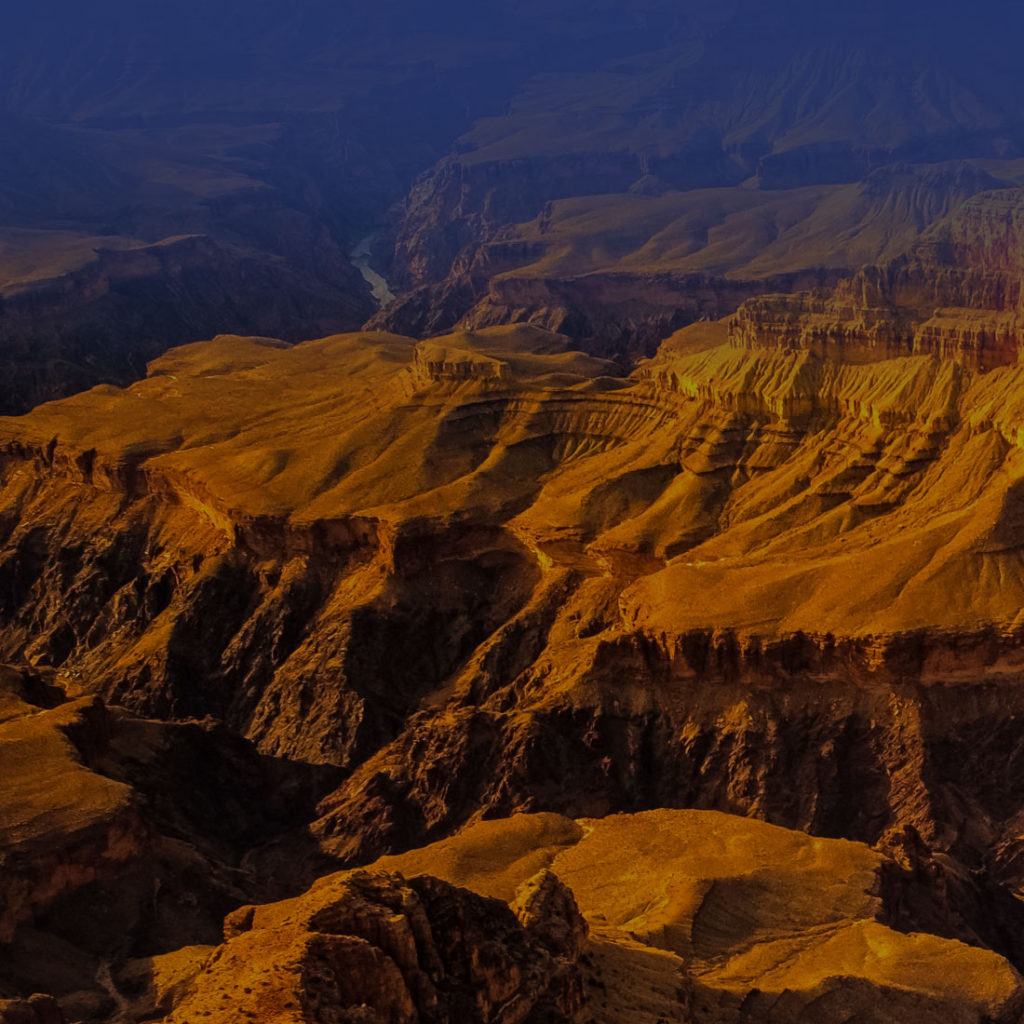Roosevelt Dam marks 100 years of anchoring Arizona's growth
July 19, 2011Posted: Thursday, March 17, 2011 11:00 pm
Story by Lauren Gambino, Cronkite News Service East Valley Tribune
On March 18, 1911, an entourage that included former President Theodore Roosevelt and terriorial Gov. Richard E. Sloan rode up Apache Trail to dedicate the largest masonry dam in the world.
Theodore Roosevelt Dam would tame the capricious Salt River, making the Valley blossom with farms and, later, subdivisions.
The dam has long since lost its world title, but it remains the cornerstone of the Valley’s water supply and growth, said James LaBar, a Salt River Project historian.
“When you see a dam you think of a static, iconic figure,” he said. “This dam is living and breathing as the water is moving around, moving through and, at the same time, holding back that really valuable natural resource for the Valley below.”
Taking reporters on a tour recently, LaBar explained the dam’s optimal location at the confluence of the Salt River and Tonto Creek. The solid canyon walls not only supported such a tall dam but also yielded rock that masons used in the dam, he said.
But visitors today can see very little of the original dam. A $430 million expansion from 1989 to 1996 encased the original structure in concrete, and the dam now towers 357 feet above the Salt River’s bottom, 77 feet higher than original and holding back a dramatically much larger Theodore Roosevelt Lake.
Sightseers heading up Apache Trail, created to carry supplies to the construction site, see a vastly different landscape today. Three other dams along the Salt River create Apache, Canyon and Saguaro lakes, forming a system that provides more than 1 million acre-feet of water each year to the Valley.
Friday, Gov. Jan Brewer will mark Roosevelt Dam’s centennial at a private ceremony that includes opening a time capsule placed during the dam’s 50th anniversary in 1961. On Saturday, tours will allow members of the public learn about the dam’s history and impact.
Arizona State Historian Marshall Trimble calls Roosevelt Dam the greatest thing to happen to central Arizona, if not the entire state.
“This place would be a dry, desert town if it wasn’t for this dam,” he said.
Before Roosevelt Dam, farmers downstream lived at the mercy of the Salt River, which could be dry or flooding depending on the season and weather. Some gave up and moved away, Trimble said, raising concerns among leaders in Washington who wanted to see the West grow.
In 1902, Roosevelt signed the National Reclamation Act, which allotted federal funding to build dams in the West. Valley landowners petitioned Congress for a $3 million loan to build a dam, putting up their homes as collateral, and construction began a few years later.
“This was their livelihood,” Trimble said. “There is no life where there is no water. They had no choice. They either had to leave or take a chance.”
Those hopeful landowners created the Salt River Valley Water Users Association, known today as SRP, which paid off the loan in 1955 at a total cost of $10 million.
Originally called Tonto Dam, the structure was dedicated as Roosevelt Dam. In 1959, it was renamed Theodore Roosevelt Dam to avoid confusion about which president made it possible.
LaBar called the dam’s construction “an astronomical feat.”
First, Apache Trail was carved to haul machinery and supplies from the nearest highway 60 miles away. Workers built a hydroelectric generator to provide power.
At any point during the construction there were 400 to 600 people at work, including Italian stone cutters from Philadelphia. The town of Roosevelt swelled to 2,000 residents.
Delivering hydroelectric power to the Valley was a byproduct of the dam’s construction. Although SRP is better known today as power company, it retains its original mission as a water utility.
“Instead of delivering water for mostly irrigation and for crops, we deliver for municipal and industrial uses for high-tech plants and biosciences, for manufacturing and for tourism as well,” LaBar said.
The day after Theodore Roosevelt dedicated Roosevelt Dam, the former president addressed Valley residents from the steps of Old Main at Tempe Normal School, which became Arizona State University. According to ASU archives, he told the crowd he could envision the Valley’s population growing to as many as 100,000 by the year 2000 thanks in part to the new dam.
He was off by a few million residents, and Trimble said each of them owes a debt to Theodore Roosevelt Dam.
“You take away the dam, you take away the Salt River Valley,” he said. “The Valley just couldn’t sustain a very large population without the dam.”

